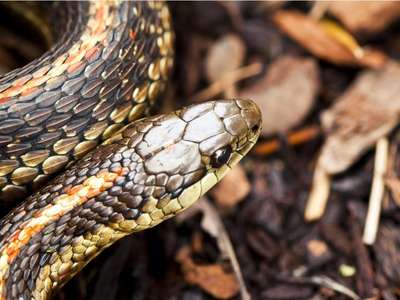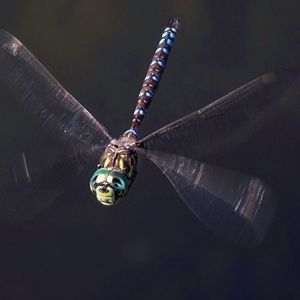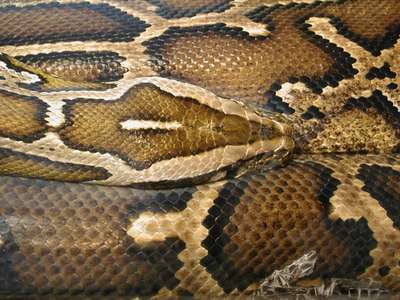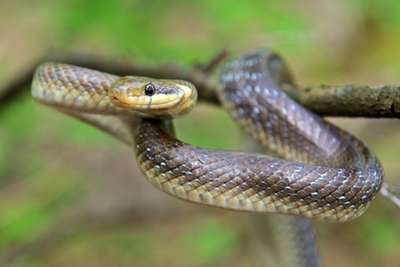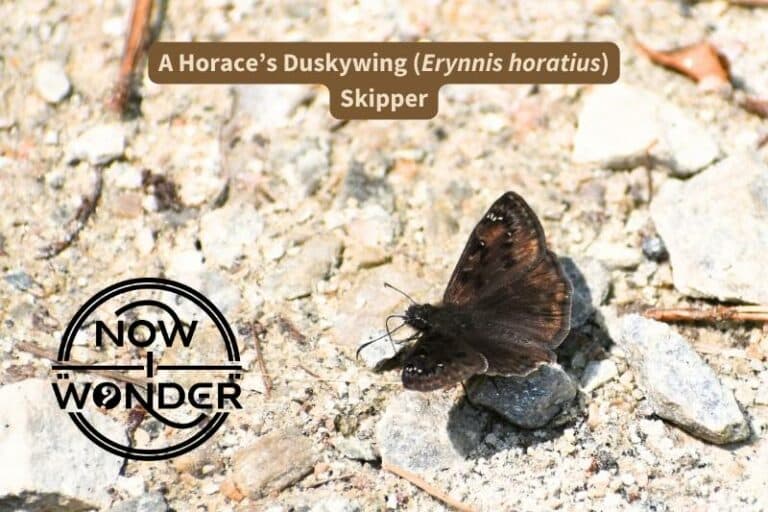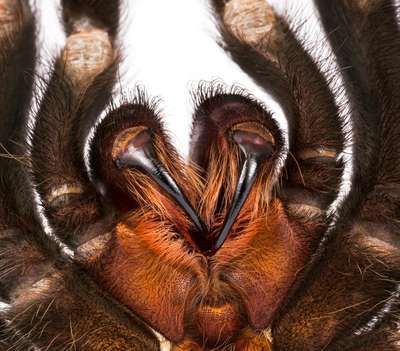Grasshoppers and cicadas are both large, vocal insects commonly found in the southeastern United States. If you’ve ever wondered about the differences between these two creatures, this post will help.
Cicadas are bulky insects, lay their eggs in trees, live up to 17 years, coordinate their life cycles, can’t jump, and aren’t considered pests. Grasshoppers are slim insects, lay their eggs in soil, live 1-2 years, don’t coordinate their life cycles, jump very well, and are major crop pests.
Grasshoppers and cicadas are very different from each other, but share certain characteristics just by virtue of being insects. These similarities can help illustrate their differences. Here is a brief overview of how they are alike. Both cicadas and grasshoppers have:
- Jointed feet
- Exoskeletons
- Three (3) body segments: head, thorax, abdomen
- Six legs attached to the middle body section (thorax)
- Membranous wings
- The ability to fly
- Specialized body structures used to make noise and attract mates
Both types of insects also:
- Feed on plants
- Undergo simple metamorphosis (immature forms called nymphs resemble adult forms)
- Lay many eggs
Read on to learn the details of how they differ.
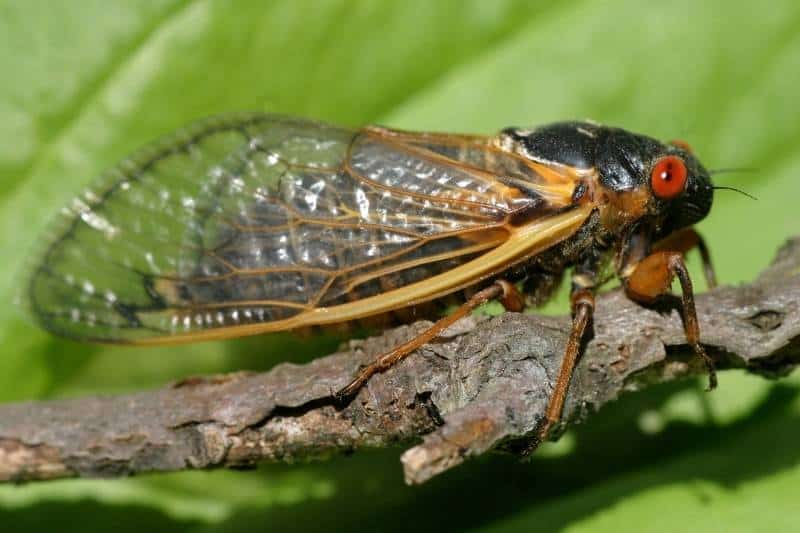

Cicadas and grasshoppers are classified differently
Both cicadas and grasshoppers are insects classified within class Insecta but cicadas are placed in order Homoptera, while grasshoppers are in order Orthoptera. Homopterans differ from Orthopterans in several key ways including their mouthparts, the structure of their wings, and their behavior.
Cicadas and grasshoppers have different body designs
Body shape and wings
Cicadas are thick-bodied, stocky insects, with broad, square heads and bodies that taper to a point at the abdomen. Both pairs of wings are transparent and fully membranous; the fore wings fold over the hind wings at rest and extend far beyond their bodies.
Grasshoppers are long, slim, and taller than they are wide. Only the hind set of wings is membranous. The fore wings are leathery and can be colorful; the hind wings are usually transparent but some species have colored hind wings that flash patterns while the grasshoppers are in flight. At rest, the hind wings fold out of sight under the fore wings and the wings themselves are either shorter than the body or extend to the end of the abdomen.
Head and antennae
Cicada antennae are short; grasshopper antennae can be either “short-horned” or “long-horned”, depending on the species but are generally both longer and thicker than those of cicadas.
Short-horned grasshopper antennae are slightly longer than those of cicadas; long-horned grasshoppers are longer than either group.
Cicadas have large eyes that bulge from the corners of their wide, flattened heads. Grasshopper eyes are also large but are positioned vertically on either side of their faces.
Another major difference is their mouthparts. Cicadas have sucking mouthparts that allow them to pierce plant leaves and suck out the juices, which harms the plants through a steady drain on their carbohydrate and water stores. Their beaks are located beneath their heads and much closer to their thoraxes than those of other insects, including grasshoppers. This positioning is ideal for piercing down into plant leaves upon which they stand.
In contrast, grasshoppers have chewing mouthparts. They bite chunks of plant leaves off entirely, chew them, and swallow the wad, which includes the plant tissues as well as the stored carbohydrate and water. Grasshoppers can defoliate entire plants in short order.
Grasshoppers jump; cicadas don’t
Cicadas, and other much smaller homopterans such as aphids, leafhoppers, and spittlebugs, can walk and fly but, unlike grasshoppers, they don’t jump. Their legs are adapted for climbing and holding.
Grasshopper legs evolved to allow the insects to jump extremely well. Their hind legs are longer than the front and middle pair; large, muscular femurs power their leaps and are not found on cicadas.
Grasshoppers are fantastic jumpers thanks to their enormously powerful femurs. This leg segment contains muscles that can power jumps the equivalent of a human clearing more than 300 feet (91.4m) in a high jump competition (Imes 1992); the current Olympic record for men’s high jump is 9.51 feet (2.9m), set by American Charles Austin in 1996 (World Athletics date unknown).
Cicadas are herbivores; grasshoppers can be omnivores
Homopterans such as cicadas are exclusively herbivores; they feed on plants only and never resort to cannibalism, predation, or scavenging.
Grasshoppers are generally herbivorous but some species can become cannibalistic under certain circumstances, such as crowded conditions seen when population density within a certain area gets extremely high. These are the grasshopper species informally known as “locusts”. Additionally, some grasshopper species, such as the lubber grasshopper (Brachystola magna) found in the middle band of the United States, will sometimes feed on dead insects in addition to vegetation.
Cicadas and grasshoppers reproduce and live differently
Both types of insect undergo simple metamorphosis (also known as “incomplete” or more correctly “hemimetabolous” metamorphosis), in which nymphs resemble adults except for their wings which are often reduced or absent, and both cicadas and grasshoppers mate during the warm summer months. However, they lay their eggs differently and have different life spans.
Egg laying
Female cicadas lay their eggs in trees. They use their ovipositors – the egg-laying structure on the tip of the abdomen – to slice into tender twigs and branches of deciduous trees and deposit the eggs in the slit. Adult cicadas may only live for a week or two so must mate and lay their eggs in a very short period of time.
Female grasshoppers classified within family Tettigoniidae (informally referred to as “long-horned grasshoppers) lay their eggs in plant tissues in much the same way as cicadas.
However, the more familiar short-horned grasshoppers in family Acrididae lay their eggs in soil. Females in this group dig into the ground with their long ovipositors. Once they’ve penetrated to the correct depth, they lay their eggs and jump or fly off. The nymphs hatch underground and emerge as adults to repeat the cycle.
Relative life span
Adult cicadas die quickly but cicadas are the longest living insect species on earth. Cicada eggs hatch in about 6 weeks. The larvae fall from the trees to the soil, where they dig in and feed on tree roots. Unlike larvae of other insect orders, cicada larvae grow extremely slowly and live for years underground before emerging as adults ready to mate and reproduce.
Magicicada spp. are commonly referred to as “Periodic Cicadas” because the adults only appear every 13 or 17 years. All the periodic cicadas that appear in a given year are the adults that developed from eggs laid 13 or 17 years ago. This incredibly long life cycle makes these the longest-live insect species on earth.
The passage of time is the factor that determines when periodic cicadas emerge; the entire brood for a given year times its development using mechanisms that science is still working to understand completely. But when the time is right, millions of these insects – which had been biding their time for many years underground – emerge all at once.
In contrast, grasshoppers emerge from underground when the nymphs get big enough and when the temperatures are warm enough. They don’t time their emergence as a group so adults emerge at different times throughout their season. Adult grasshoppers live only through the warm summer months; they die off when temperatures get too cold.
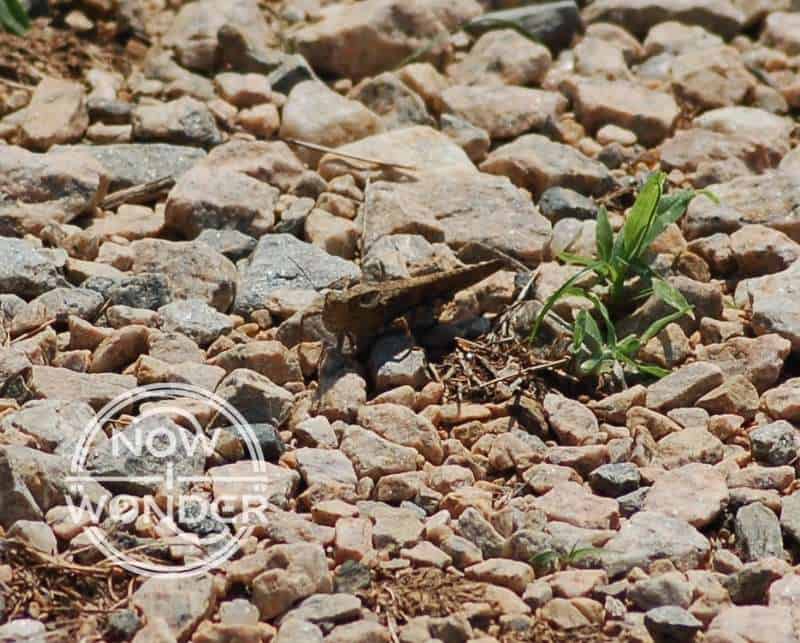
Cicadas and grasshoppers sing differently
Male grasshoppers evolved to attract mates by “singing”, which to our ears means making a low, constant buzzing or purring noise. Their bodies evolved specialized structures on their wings and hind legs that, when rubbed together, produce a characteristic whine.
Male cicadas also sing as part of their mating behaviors but they produce their sound by vibrating special membranes on their thorax. Much like a human can make noise by thumping a drum head, special muscles in the insect’s thorax alternately pull and release tension on this membrane, causing it to vibrate.
Cicada song is much, much louder than those of grasshoppers and is ubiquitous during the warm summer months everywhere cicadas live.
Cicadas and grasshoppers live in different habitats
Grasshoppers live and feed on plants near the ground, while cicadas live up in the canopies of deciduous trees. Grasshoppers chew plants leaves; cicadas suck the juice from the trees.
Grasshoppers can be found in all areas where the temperatures are warm enough for them and where food is available. Periodic cicadas are found in areas with trees that lose their leaves in the winter.
Cicadas do not live in coniferous forests because the eggs become entombed by the sap these trees produce when injured by the female slicing into their branches to lay the eggs.
Cicadas and grasshoppers impact humans differently
Grasshoppers cause millions of dollars in damage every year to crop plants like corn, soybeans and grains. The nymphs eat the roots and the adults feed on the foliage. This makes grasshoppers major agricultural pests across the United States.
Cicadas don’t usually hurt the trees they feed on, the trees can be stressed by the combined effects of nymphs feeding on the roots, the adults sucking the nutrient rich fluid out of the tree and the females cutting into branches to lay their eggs. Some trees – especially saplings – may exhibit “flagging”, which is when the leaves at the end of branches turn brown because so many cicada females have laid eggs on those branches that the tips are dying.
Cicadas are sometimes referred to as “summer locusts” because they emerge all at once and there are so many around at one time. But “locust” is a reference to grasshopper species that exhibit very specific behavior changes in response to overcrowding. Cicadas aren’t grasshoppers so the term is incorrect when applied to them. But the reference is understandable when millions of cicadas emerge simultaneously.
Related Now I Wonder Posts
If you’d like to learn more about locusts and what makes them so special amongst grasshoppers, click here to read Now I Wonder’s post “Grasshoppers vs. Locusts: What’s the difference?“
For more about grasshoppers and other insects in order Orthoptera, check out these other Now I Wonder posts:
- What do grasshoppers do? A day in their life
- What’s the difference between a grasshopper and a katydid?
- Grasshoppers vs. crickets
For information about insects in general, check out these other Now I Wonder posts:
- Do insects ever eat spiders? Part 1: Attacks from the air
- Do insects ever eat spiders? Part 2: Attacks from the ground
- Do insects have blood?
References
“Cicada.” In The Columbia Encyclopedia, by Paul Lagasse, and Columbia University. 8th ed. Columbia University Press, 2018.
“Cicadas”, United States Environmental Protection Agency (EPA), last updated September 2021. https://www.epa.gov/safepestcontrol/cicadas
“Cicadas” University of Maryland Extension, updated September 24, 2021 https://extension.umd.edu/resource/cicadas
“Hemiptera.” In The Macmillan Encyclopedia. 2nd ed. Market House Books Ltd, 2003.
“How cicadas manage to wing it“, press release by ACS New Service, August 09, 2017 of study “Solid-State NMR Study of the Cicada Wing” published in The Journal of Physical Chemistry B https://www.acs.org/content/acs/en/pressroom/presspacs/2017/acs-presspac-august-9-2017/how-cicadas-manage-to-wing-it.html
Imes, Rick. 1992. The practical entomologist. New York (NY): Quarto Publishing plc.
Ito, Hiromu, Satoshi Kakishima, Takashi Uehara, Satoru Morita, Takuya Koyama, Teiji Sota, John R. Cooley, and Jin Yoshimura. 2015. “Evolution of Periodicity in Periodical Cicadas.” Scientific Reports (Nature Publisher Group) 5 (09): 14094.
Joann White, Monte Lloyd, Richard Karban, Why Don’t Periodical Cicadas Normally Live in Coniferous Forests? , Environmental Entomology, Volume 11, Issue 2, 1 April 1982, Pages 475–482 https://doi.org/10.1093/ee/11.2.475
Karagyan, Gayane, Natalia Golub, and Teiji Sota. 2020. “Cytogenetic Characterization of Periodical Cicadas (Hemiptera: Cicadidae: Magicicada).” European Journal of Entomology 117: 474-480.
Luo, Changqing, Wei Cong, and Christian Nansen. 2015. “How do “Mute” Cicadas Produce their Calling Songs?” PLoS One 10 (2) (02).
Resh, Vincent H., Carde, Ring T., Carde, Distinguished Professor and A M Boyce Chair in the Department of Entomology Ring T, and Card, Ring T, eds. 2009. Encyclopedia of Insects. San Diego: Elsevier Science & Technology.
World Athletics. Available at: https://www.worldathletics.org/records/by-discipline/jumps/high-jump/outdoor/men

